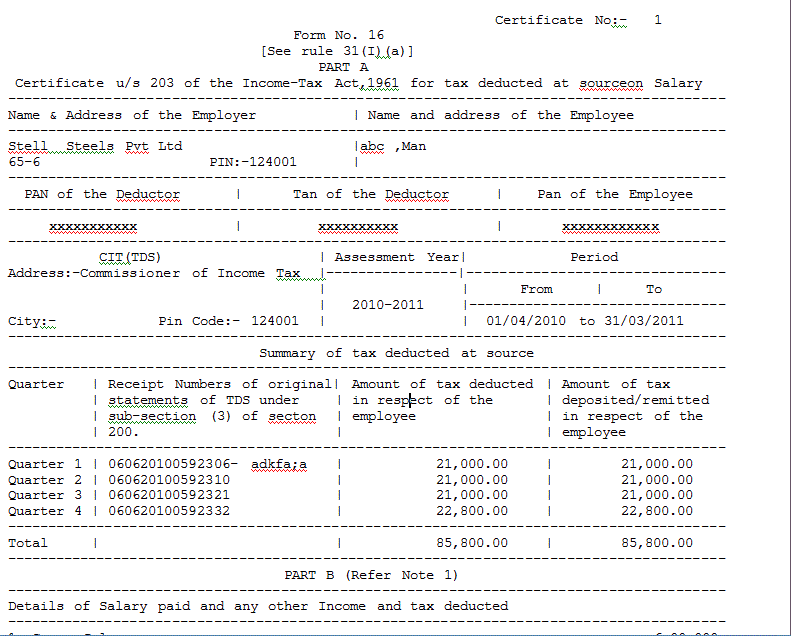
Structure 15G can be utilised to seek non-deduction of TDS on pay if the accompanying conditions are met: 10,000 for banks, while for NBFCS, it keeps on being Rs. According to the new economic plan, Tax Deducted at Source (TDS) limit has been raised to Rs.

Notwithstanding the premium you procure, the amount is available. Likewise, you can stay away from TDS, which is an extraordinary advantage.įixed Deposit is one of the most favoured speculation choices for most financial backers as it gives fixed loan costs and guaranteed returns. As of now, EPFO Unified gateway dispatched an office circular to submit EPF Form 15G for PF, permitting EPF individuals to pull out PF on the web. According to the personal expense managers, banks must deduct the charge at source (TDS) on the off chance that the premium acquired is more than Rs. Bhosle is not eligible to submit form 15G even if his total taxable income is below Rs.2.5 lakh.Form 15G shows that fixed deposit holders (people under 60 years old and HUFs) can be marked out to guarantee that no TDS (charge allowance at source) is deducted from their advance pay in a year. Bhosle earns Rs.3,00,000 p.a as interest on FD and his total deduction is Rs.1.2 lakh under 80C. 2.5 lakh (after all deductions like 80C). He should submit form 15G if his expected total taxable income is not more than Rs. TDS will be Deducted if interest income exceedsĮxample: Mr.Bhosle, 48 yrs age earning interest of Rs.80,000/- p.a on fixed deposit held in a bank. resident individual and HUF are eligible to submit these forms. not mandatory.ĭownload form 15G Download form 15H Eligible to submit Declarationĭeclaration in form 15G/15H can be submitted by any person other than a company or firm. Submission of these forms is completely discretionary i.e. Submission of form 15G/15H provides relief to the payer/Bank from its statutory liability to deduct tax at source (TDS). To overcome such situation Income tax department has provided a solution by which an assessee can declare his estimated income in a financial year and avoid deduction of tax at source. 16,000/-, you have to file income tax return and then wait for the tax refund to come back. But bank cuts the TDS and pays Rs 16,000 to the govt as TAX (Note that TDS is deducted once interest income exceeds Rs.10,000 under section 194A).

Now ideally you are not supposed to pay any tax on this because this income is less than the limit. Suppose you have invested Rs 20 lacs in a Bank FD at an interest rate of 8 %, that’s Rs 1.6 lacs per year. If we combine both statements, conflict arises in the case where taxable income does not exceed maximum non-taxable income. Banks have a statutory obligation to deduct tax from the interest payable to you and at the same time, Income tax department discourages resident assessee from filling income tax return if their total income does not exceed the maximum non-taxable limit.


 0 kommentar(er)
0 kommentar(er)
